SOURCE: RAUNAK KUNDE / NEWS BEAT / IDRW.ORG
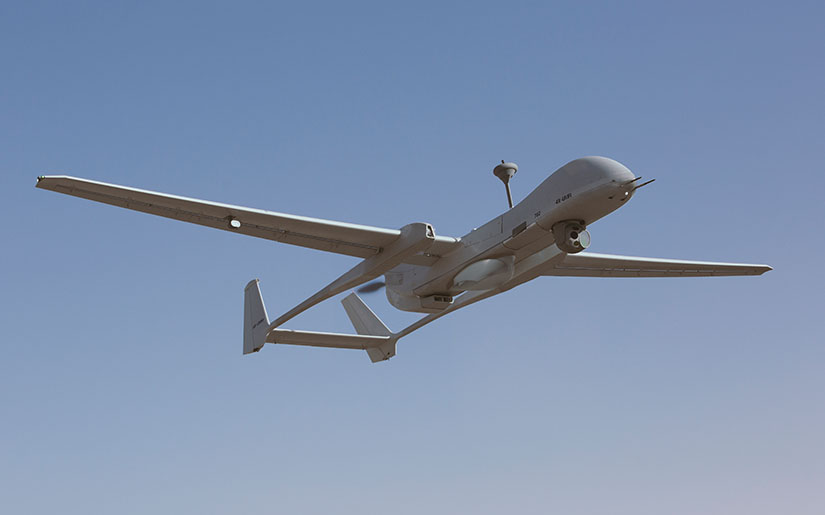
The Indian Armed Forces are gearing up for a significant boost in their aerial surveillance capabilities. According to a TimeNow report, a combined order for 91 Heron Mk2 unmanned aerial vehicles (UAVs) from Israel Aerospace Industries (IAI) is on the horizon, with local manufacturing by State-owned HAL likely.
This major acquisition comes on the heels of the Indian Air Force (IAF) already inducting four Heron Mk2s for operations along the tense northern borders with China and Pakistan. The new deal, if confirmed, is set to further equip the IAF with 42 additional units, while the Indian Army and Navy will receive 27 and 22 Heron Mk2s respectively.
Continue readingSOURCE: RAUNAK KUNDE / NEWS BEAT / IDRW.ORG
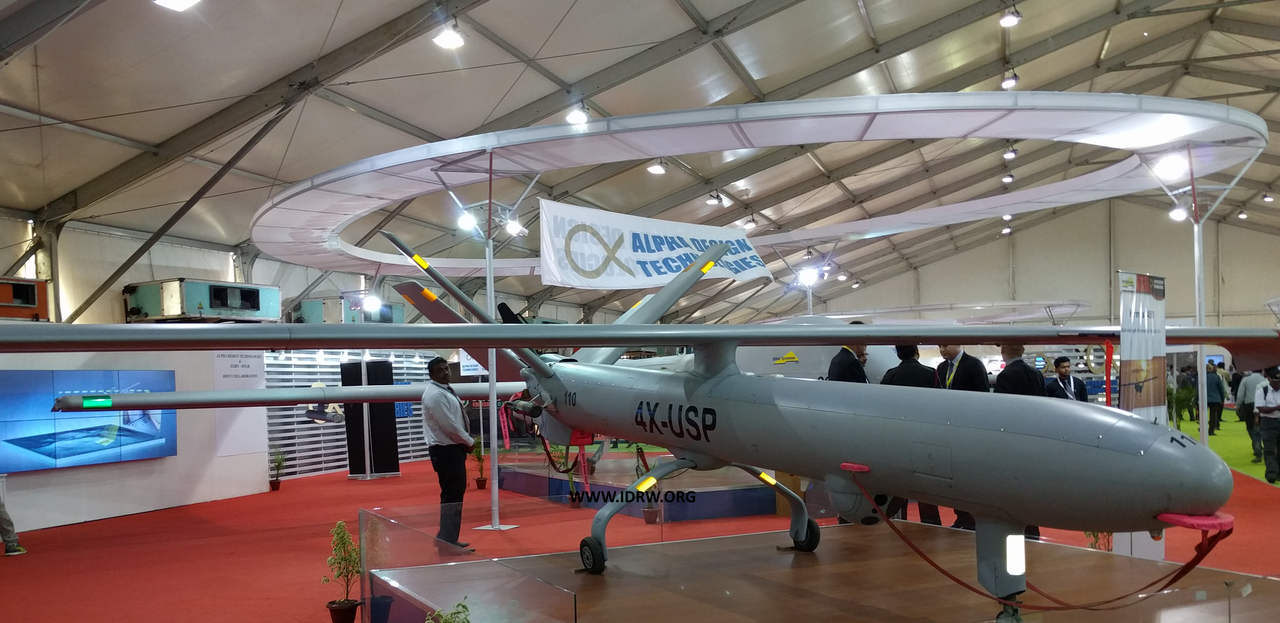
Adani Defence, having recently secured orders for the Drishti-10 drones (Hermes 900) Medium Altitude Long Endurance (MALE) Unmanned Aerial Vehicles (UAVs), is set to broaden its UAV portfolio with a strategic move to introduce the Elbit-developed Hermes 450. This smaller multi-payload unmanned aerial vehicle, designed for tactical long-endurance missions, showcases Adani Defence’s commitment to diversifying its offerings and catering to the evolving needs of the Indian Military.
The Hermes 450 is renowned for its tactical versatility, making it an ideal choice for reconnaissance, surveillance, and communications relay missions. Adani Defence’s UAV manufacturing facility in India, the Adani Elbit Unmanned Aerial Vehicles Complex (UAV), is well-equipped to produce these advanced UAVs.
Continue readingSOURCE: IDRW.ORG TEAM

A strategic partnership is taking shape in the Indian defense landscape, with the Adani Group committing ?1,500 crore to establish Hyderabad as a hub for manufacturing air-to-surface missiles. This investment, spread over the next two to three years, marks a significant step towards India’s goal of achieving self-reliance in critical defense technologies.
This move signifies a bold diversification for the Adani Group, traditionally known for its presence in coal, mining, and infrastructure. Their foray into high-tech missile manufacturing showcases the ambition and capabilities of Indian private companies to contribute to the nation’s defense needs.
Continue readingSOURCE: IDRW.ORG TEAM

The grand spectacle of the Indian Army’s full-dress rehearsal for the Republic Day parade on January 13th, 2024, held on the majestic Kartavya Path, wasn’t just about marching bands and vibrant displays. It was a showcase of India’s growing military prowess, featuring cutting-edge equipment including the Army Variant of the Medium Range Surface to Air Missile (MRSAM).
Previously, only the Air Force variant of the MRSAM, also known as the “Abhra” weapon system, had graced the Republic Day parade. This year, the unveiling of the Army Variant marked a significant milestone in India’s air defense capabilities.
Continue readingSOURCE: RAUNAK KUNDE / NEWS BEAT / IDRW.ORG
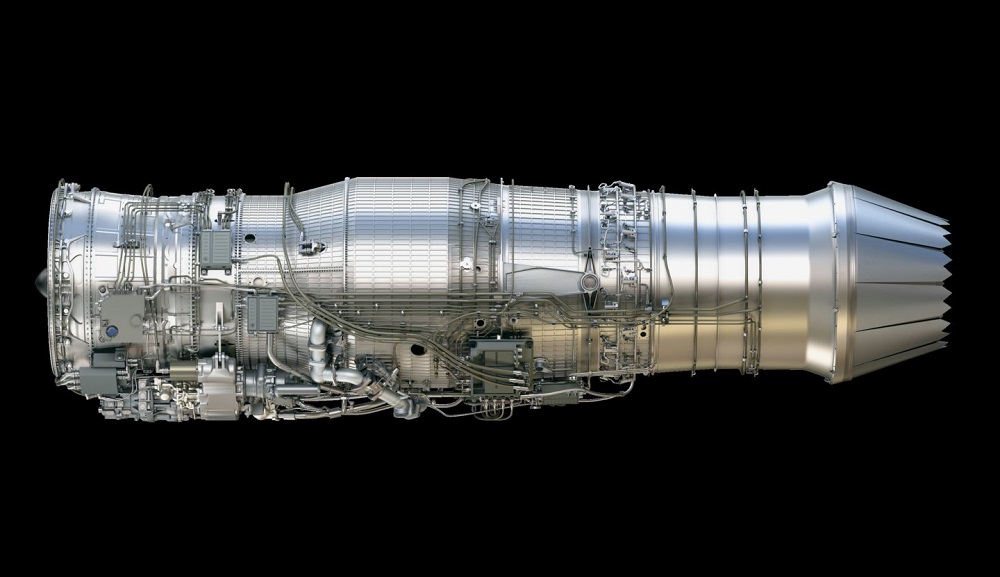
In a major development for India’s ambitious Advanced Medium Combat Aircraft (AMCA) program, General Electric (GE) Aerospace CEO Amy Gowder has expressed the company’s readiness to design and build a clean-slate engine specifically for the fighter jet’s AMCA MkII variant. This exciting prospect signifies India’s quest for self-reliance in high-thrust engine technology, taking its aeronautical prowess to new heights.
While the AMCA prototypes will initially fly with the F414 INS6 engines – currently under co-production with HAL – GE envisions a more potent engine for the AMCA MkII variant. Gowder emphasized GE’s eagerness to collaborate with DRDO’s GTRE on this cutting-edge project, leveraging their expertise in integrating the F414 INS6 on the AMCA platform to refine the design of the new engine.
Continue readingSOURCE: RAUNAK KUNDE / NEWS BEAT / IDRW.ORG
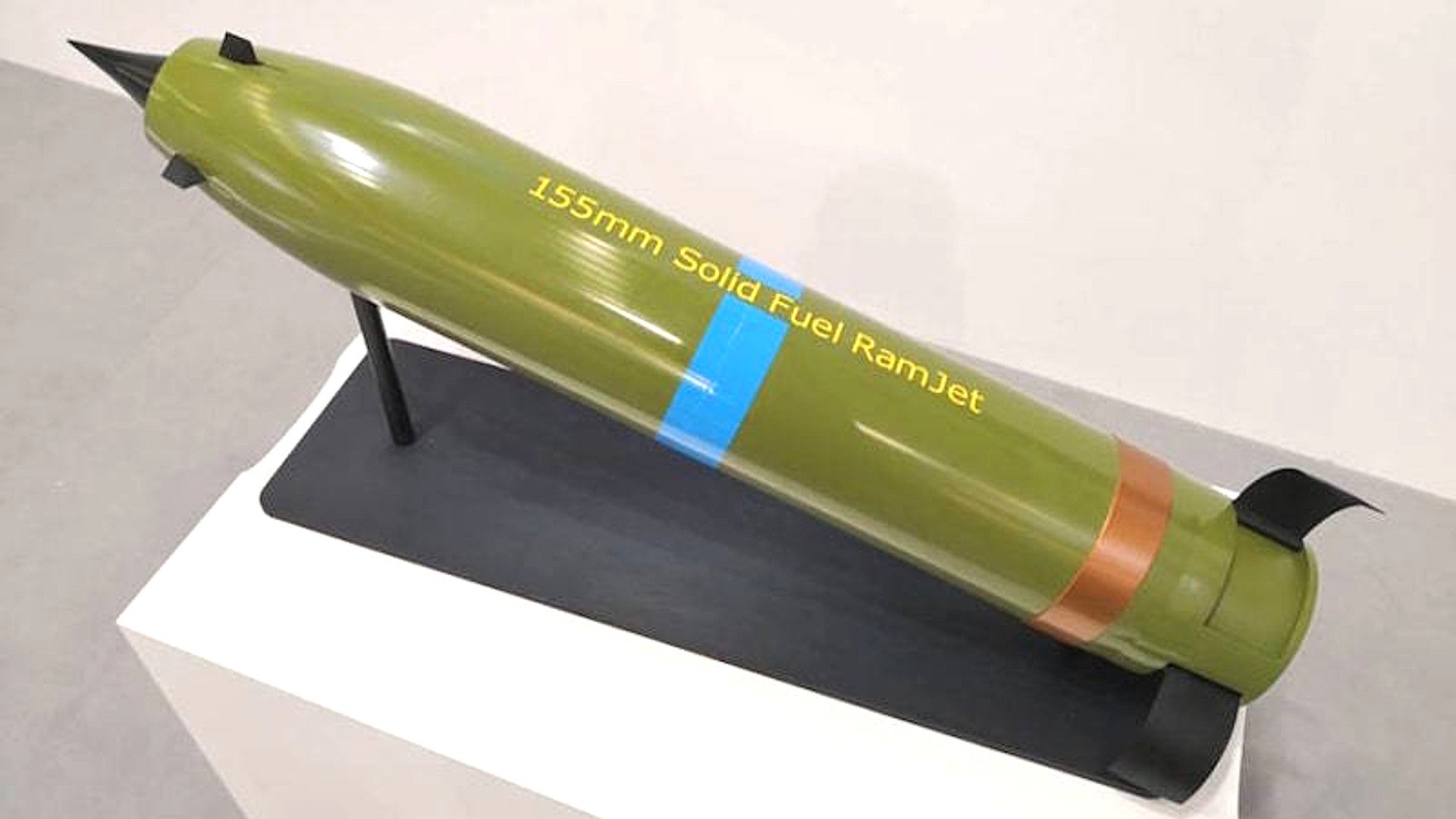
Bharat Forge, a leading Indian manufacturer of artillery guns, is setting its sights on a major leap in the range: developing a 155mm artillery shell capable of hitting targets at a staggering 100km. This would be a significant advancement for India’s military capabilities, dramatically extending the reach and precision of its artillery units.
Currently, India’s standard artillery shells are limited to a range of around 48km. This puts them at a disadvantage compared to some of their adversaries, who have access to shells with ranges exceeding 70km. Bharat Forge’s ambitious project aims to bridge this gap and propel India’s artillery technology to the forefront.
Continue readingSOURCE: RAUNAK KUNDE / NEWS BEAT / IDRW.ORG

GE Aerospace CEO Amy Gowder has ignited excitement in India’s defence domain with the confirmation that the much-anticipated deal for co-manufacturing F414 INS6 engines with HAL will be finalized by the end of 2024. Both India and the US await final approvals from the Biden Administration and Pentagon for the groundbreaking deal.
Valued at over $1 billion, this deal represents a significant leap forward in India’s quest for self-reliance in fighter jet engine technology. Gowder emphasized the unprecedented level of technology transfer involved, exceeding even that offered to traditional US partners like Sweden and South Korea. This includes critical technologies like hot-end coatings, crystal blades, and laser drilling, pushing the boundaries of technology sharing between the two nations.
Continue readingSOURCE: IDRW.ORG TEAM

In a significant stride towards enhancing the bilateral defense ties between the United States and India, U.S. Ambassador Eric Garcetti engaged in an insightful meeting with Amy Gowder, President & CEO of Defense & Systems GE Aerospace. The discussions delved into the robust collaboration on cutting-edge technology and the promising future of the U.S.-India defense partnership. The outcome of the meeting heralds exciting times ahead as both nations join forces to advance their defense capabilities.
One of the key highlights of the strategic partnership is the collaborative effort between Garcetti, GE Aerospace, and Hindustan Aeronautics Limited (HAL) to co-manufacture the F-414 engine within India. This initiative is poised to be a game-changer, with 80 percent of the Transfer of Technology (ToT) stemming from GE Aerospace.
Continue readingSOURCE: IDRW.ORG TEAM

The grand spectacle of the Indian Army’s full-dress rehearsal for the Republic Day parade on January 13th, 2024, held on the majestic Kartavya Path, offered a glimpse into the nation’s military might. Among the cutting-edge equipment and disciplined formations on display, one particular system grabbed the attention of defense enthusiasts: the Mahindra Alakran Vehicle Mounted Infantry Mortar System (VMIMS).
The Alakran, named after the formidable scorpion for its sting and agility, is not your average mortar. While traditional mortars have served as a mainstay of infantry firepower for centuries, their inherent limitations are undeniable. Deploying them can be cumbersome, their mobility is restricted, and they are vulnerable to counter-battery fire. Enter the Alakran VMIMS, a revolutionary system that changes the game.
Continue readingSOURCE: RAUNAK KUNDE / NEWS BEAT / IDRW.ORG

In a bid to join the League of Nations developing advanced stealth unmanned aerial vehicles (UAVs), India’s Defense Research and Development Organization (DRDO) has been making significant strides with its Stealth Wing Flying Testbed (SWiFT). This 1-ton UAV has recently undergone a series of test flights, showcasing its design and flying characteristics, while also serving as a technological precursor for a larger 15-ton Unmanned Combat Aerial Vehicle (UCAV) slated for development shortly.
Iran, Russia, and China have already initiated their programs to develop stealthy, flying-wing UAVs, and India is keen to join this elite group with its indigenous technological advancements. Swift, as a stepping stone in this direction, has been instrumental in testing and refining technologies that will find their place in the larger UCAV, which is expected to fly alongside India’s 5th Generation Advanced Medium Combat Aircraft (AMCA) fighter jets.
Continue readingSOURCE: RAUNAK KUNDE / NEWS BEAT / IDRW.ORG

The Indian Air Force (IAF) has opted for continuity over novelty, choosing to acquire used Embraer ERJ-145 regional jets for its next-generation Netra Airborne Early Warning & Control System (AEW&CS) platform instead of the Brazilian aerospace major’s new Praetor 600 business jet.
The Brazilian Aerospace major extended an offer to supply the Praetor 600 as the new platform for mounting the Netra AEW&CS Sensor suites, last year at Aero India 2023 However, the IAF opted to stick with the older ERJ-145 business jet, which has been serving this role for the Netra Mk1 AEW&CS already inducted into the IAF.
Continue readingSOURCE: RAUNAK KUNDE / NEWS BEAT / IDRW.ORG
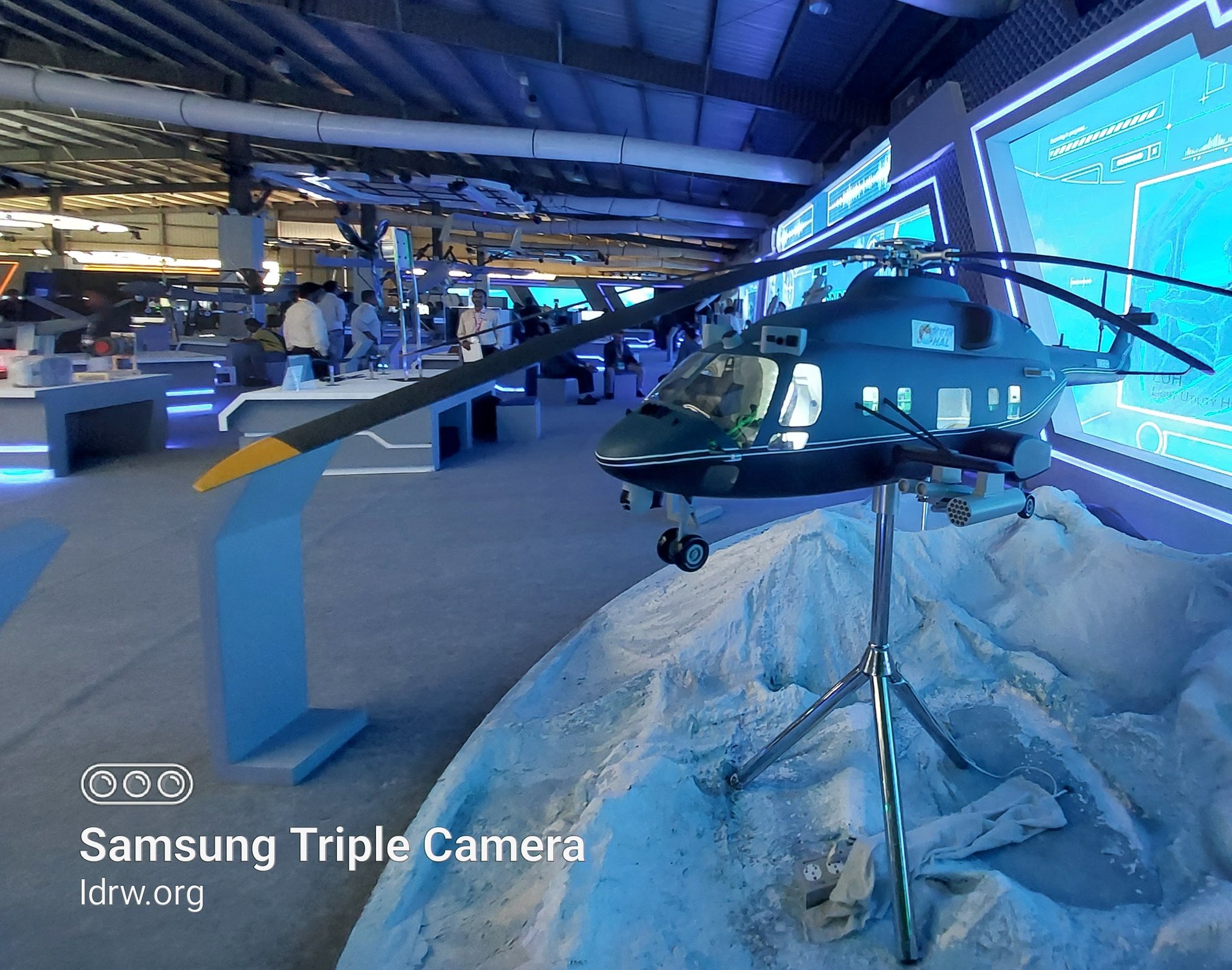
Hindustan Aeronautics Limited (HAL) is fast-tracking the development of the Indian Multi-Role Helicopter (IMRH), a project poised to replace ageing Russian helicopters in the Indian military. Sources indicate the Cabinet Committee on Security (CCS) meeting for project approval is expected in the coming week, following successful completion of the Preliminary Design Review (PDR) and Critical Design Review (CDR).
The project envisions a robust 12-ton multi-role helicopter, with an estimated development cost of ?10,000 crores. This significant investment underscores India’s commitment to bolstering its indigenous defence capabilities. Interestingly, the IMRH’s engine will be developed collaboratively with French aerospace giant Safran, marking a crucial step in forging international partnerships for technology transfer.
Continue readingSOURCE: IDRW.ORG TEAM

Andhra Pradesh-based Bhairav Robotics LLP has taken a significant leap forward in Indian robotics with the unveiling of “Shvana,” the country’s first armed quadruped Unmanned Ground Vehicle (UGV). This versatile robot promises to revolutionize security and defense operations across various contexts, from homeland security and border patrol to industrial inspections and disaster response.
Shvana is equipped with a suite of advanced sensors, including cameras, LiDAR, and radar, coupled with powerful processing capabilities and intelligent software. This enables it to navigate complex and challenging terrains, from rugged mountains to urban environments. Its modular design allows for easy integration of various payloads, such as manipulators, weapons systems, and communication equipment, adapting to diverse mission requirements.
Continue readingSOURCE: IDRW.ORG TEAM

Residents of Village near ITR , Chandipur off the coast of Odisha were startled over the weekend by the sight of a seemingly controlled object flying over their heads, particularly in crowded residential areas. This mystery sighting coincides with the Indian Air Force’s test-firing of the Akash NG, a short-range missile system, conducted by the Integrated Test Range (ITR) at Chandipur around 11 pm on Saturday.
Local media outlet Otv Khabar captured footage of the object, sparking heated debate among defense analysts and the public. While some experts believe it could be a Banshee target drone used as a practice target for the Akash NG, others speculate it might be a Akash NG missile chasing a target at a lower altitude, making it visible from a wider range.
Continue readingSOURCE: RAUNAK KUNDE / NEWS BEAT / IDRW.ORG
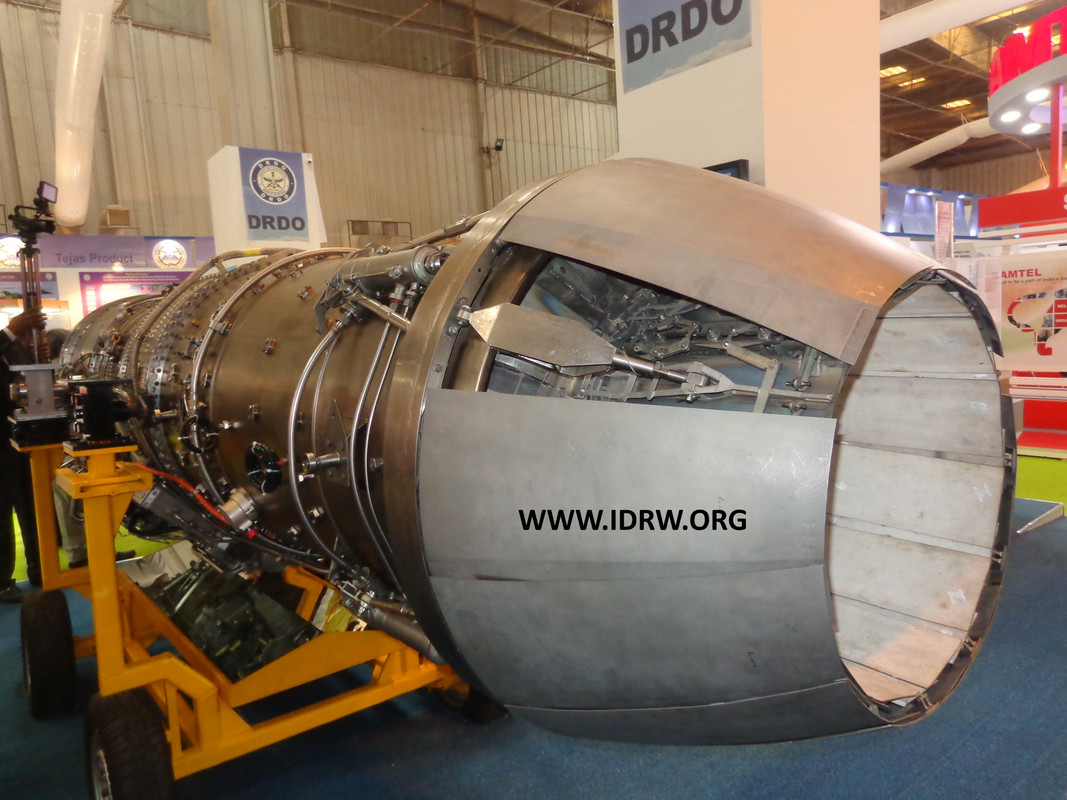
The Gas Turbine Research Establishment (GTRE) is gearing up for a crucial phase in the development of the Dry Kaveri engine, a milestone that could pave the way for an advanced version – the Kaveri 2.0. Over the next couple of months, GTRE is set to receive the newly built Dry Kaveri engine, which will undergo ground trials in India before moving on to the final validation stage at Russia’s Gromov Flight Research Institute (GFRI).
The Dry Kaveri engine has undergone rigorous testing, including combustion stability trials in India and high-altitude tests at Russia’s Baranov Central Institute of Aviation Motor Development in February 2023. With these essential validations completed, GTRE is now poised to take the next steps in advancing the engine’s capabilities.
Continue reading